Error F02 in Ariston washing machine
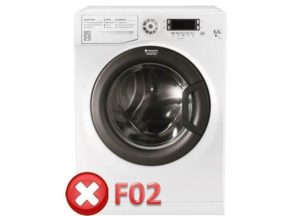 Error F02 is typical for absolutely all models of Ariston washing machines. This error can be called one of the most common, however, this code is not always the result of a serious malfunction; it all depends on the specific situation. Let's look at the decoding, as well as the causes and consequences of error F 02, together.
Error F02 is typical for absolutely all models of Ariston washing machines. This error can be called one of the most common, however, this code is not always the result of a serious malfunction; it all depends on the specific situation. Let's look at the decoding, as well as the causes and consequences of error F 02, together.
How does the code appear?
Washing machine Ariston, of course, is not the only one of its kind. Within the Ariston brand, there are several dozen models of machines, each of which can manifest this error in its own way. Don’t get me wrong, this does not mean that Ariston’s self-diagnosis system is not unified, quite the opposite, it’s just that each model has nuances that relate to the display of information on the display or control panel. Simply put, this error, having the same basic content, can manifest itself in different ways.
On Ariston washing machines with a display, this error may be displayed as F02 or F2.
Well, with washing machines that have a display, everything is clear, there are only two options for outputting the code, but what to do if your Ariston machine model does not have a display? Where should I send the information? The answer is obvious - to the control panel, and indicator lights will help.
- Ariston of the Margherita line without a display will display error F with number 02 through a lit “key” light, and
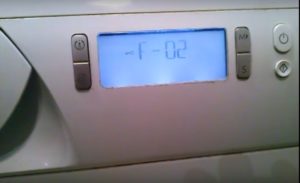 The network indicator will blink 2 times at intervals of several seconds (on average 10 seconds).
The network indicator will blink 2 times at intervals of several seconds (on average 10 seconds). - Ariston AVL and AML series machines broadcast this error with a flickering LED “key” and a flashing light opposite the “Quick wash” mode.
- In Hotpoint-Ariston washing machines of fairly common ARSL models, ARL code F02 is displayed on the control panel with a flashing LED located opposite the inscription End or, if the panel is Russified, “end of the program.” In some cases, all function indicators light up simultaneously with the End light.
- Ariston AQSL displays an error with code F 02 by blinking the LED located opposite the inscription 300C.
How is it deciphered?
Almost all instructions for Ariston brand washing machines state that error F with the specified numeric code is interpreted as a failure or breakdown of the tachometer, or an open circuit in the motor, or a breakdown of the motor, and therefore the control module cannot establish communication with the specified parts.
As can be seen from the transcript, the malfunction that generated error F02 can occur due to a breakdown:
- tachometer;
- engine;
- power wiring and contacts;
- control module.
In 67% of cases, the F02 code appears due to the tachometer or engine. In 18% of cases, the wiring and contacts are to blame, and only in 15% of cases is the control module to blame.
We find and fix problems
Since we have statistics from service centers on malfunctions of Ariston washing machines, which helps us prioritize checking for faults, let's start with the tachometer and engine. But first, let's check to see if anything has gotten into the tank and jammed the drum? To do this, rotate the drum with your hands; if the rotation is relatively free, we will eliminate this problem.
The tachometer is a special module that sits on the engine and determines its speed during operation. It transmits this information to the control module.By the way, this module can be called differently, tachometer, Hall sensor or tachogenerator.
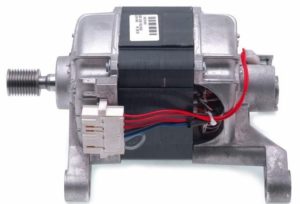 The Ariston washing machine most often has a commutator motor, which means it has brushes that periodically wear out, leading to error F02. To check this, you need to get to the motor.
The Ariston washing machine most often has a commutator motor, which means it has brushes that periodically wear out, leading to error F02. To check this, you need to get to the motor.
- It is necessary to unscrew the fastenings of the rear wall of the SM housing and remove the wall.
- Next you need to remove the drive belt.
- Remove the chip with wires from the engine.
- Unscrew the motor bolts, press on it so that it moves back a little, and then pull down - the engine will be removed.
Unscrew the bolts and take out the brushes. If the Ariston washing machine has been in use for more than 3-5 years, the brushes should already be worn. We take them out, inspect them and replace them with new ones. If the brushes are in good condition, we check the engine for breakdowns in the housing and armature. We do this using a multimeter. Having finished repairing and checking the washing machine engine, we move on to the tachometer.
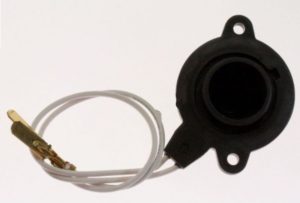 Disconnect the contacts of the Hall sensor and remove it from the engine. We check the sensor with a multimeter. If it is intact, you can also see if the inner surfaces of the sensor ring have oxidized; if not, let’s move on to checking the wiring and contacts. We return to the chip with wires that we previously disconnected. First, let's check how each wire sits. Perhaps one of them is loose and needs to be clamped. Next, we inspect the wires and contacts. If nothing unusual is visually noticeable, we check them with a multimeter.
Disconnect the contacts of the Hall sensor and remove it from the engine. We check the sensor with a multimeter. If it is intact, you can also see if the inner surfaces of the sensor ring have oxidized; if not, let’s move on to checking the wiring and contacts. We return to the chip with wires that we previously disconnected. First, let's check how each wire sits. Perhaps one of them is loose and needs to be clamped. Next, we inspect the wires and contacts. If nothing unusual is visually noticeable, we check them with a multimeter.
It is possible that after checking the engine, tachometer and the wiring leading to them, you will not find anything unusual.This should lead us to the conclusion that either you did not check the above parts very well and missed something important, or simply the problem is not in the tachometer, motor and wiring, but in the control module. At this stage, we suggest you stop doing your own research and invite an experienced craftsman.
Firstly, the technician has more skills in working with washing machine electrical equipment and knows what the nuances of the problem may be. Secondly, an independent inspection of the control module can lead to this expensive part ending up in the trash (there have been precedents). Thirdly, tampering with the electronic part of the washing machine on your own can result in an expensive or completely unrepairable problem. The final decision on this issue is yours; we have only offered arguments that support the previously expressed opinion on the issues of self-repair of the electronic module.
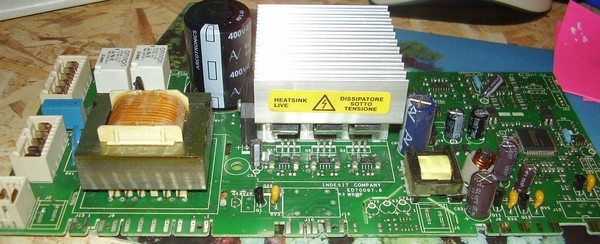
In conclusion, we note that code F02, which suddenly appears on the display of the Ariston washing machine, means problems with various parts. What exactly is broken can be found out only by opening the body of the “home assistant” and examining the above elements, including using a multimeter. When carrying out repairs, you may have to buy a new motor or tachometer for the washing machine, until you find the reason for what you need, you won’t know in advance. Happy renovation!
Interesting:
Reader comments
- Share your opinion - leave a comment


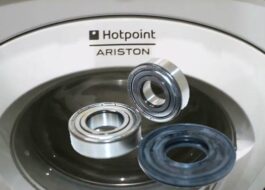

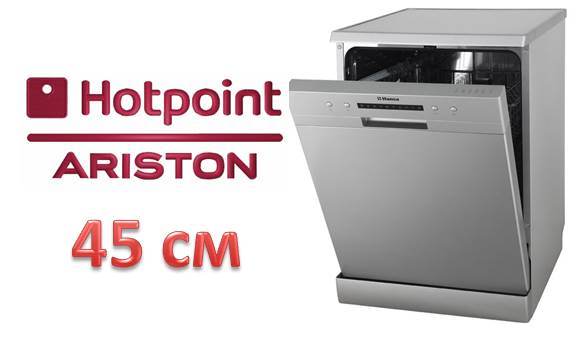
















Add a comment